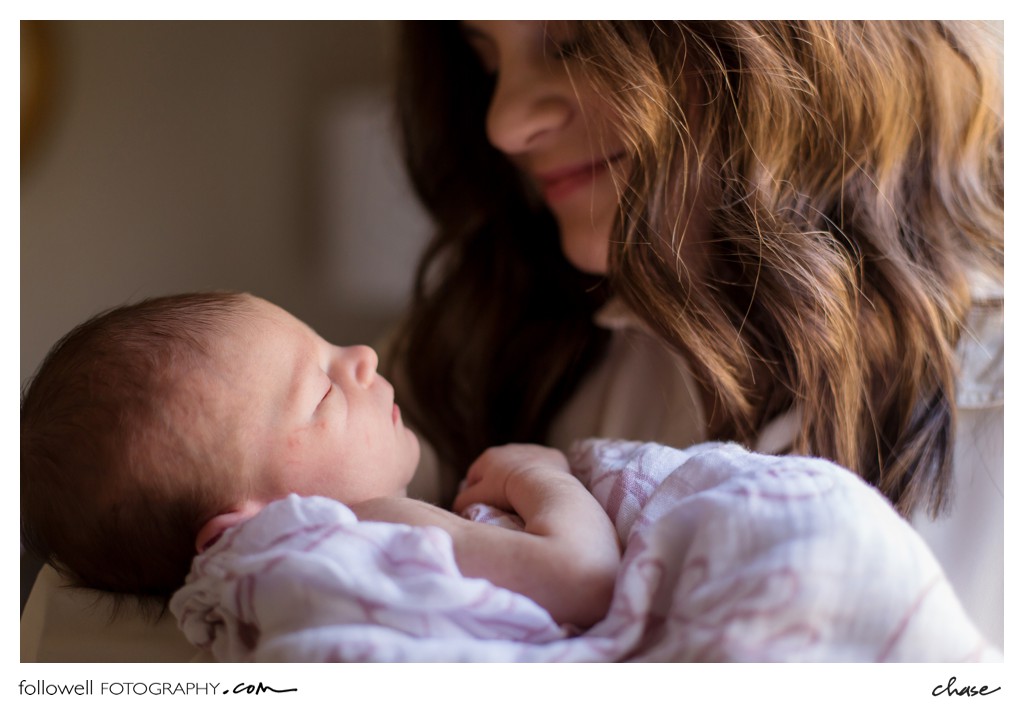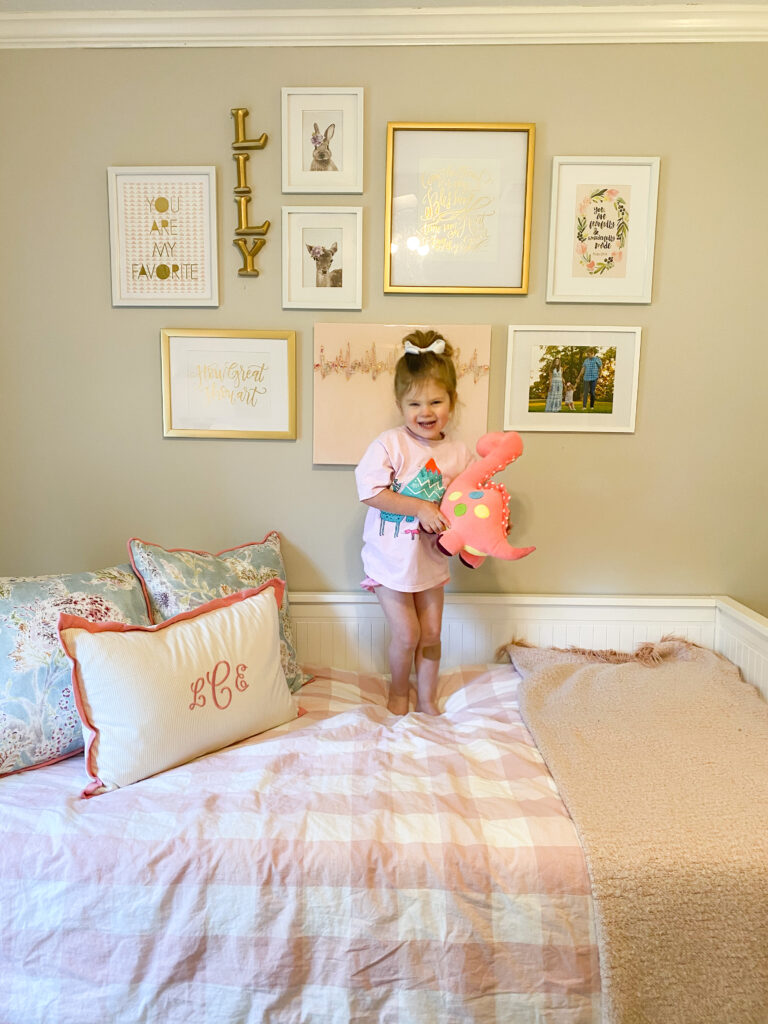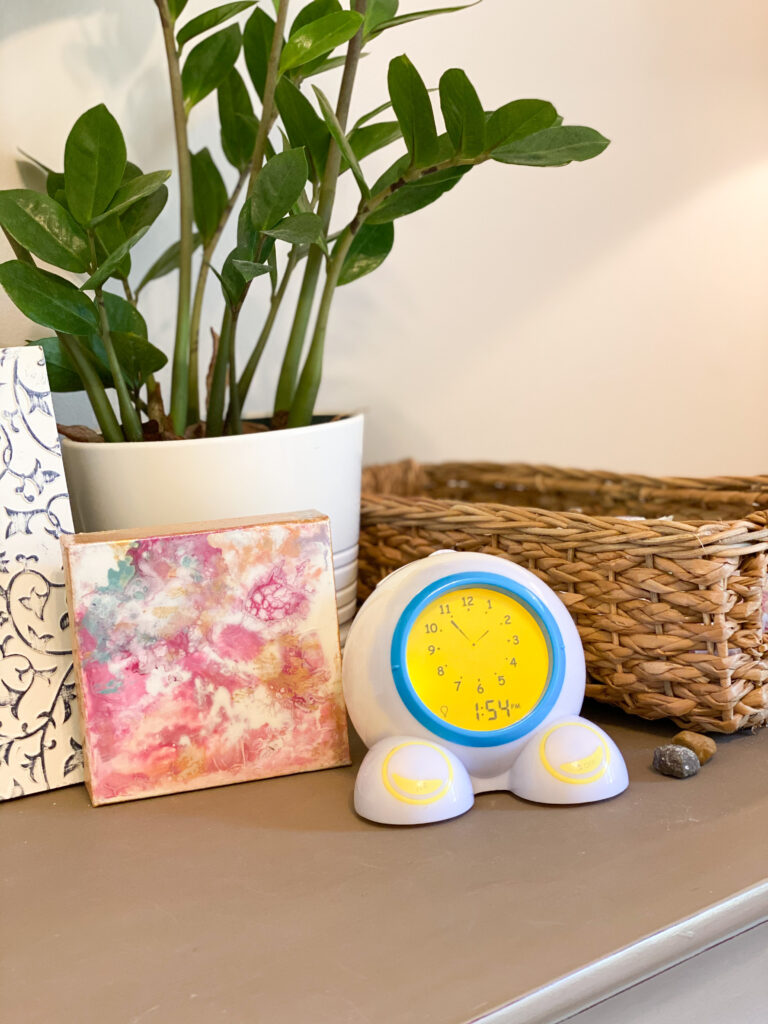
Today I've teamed up with my friend Stephanie to share some thoughts on the transition from nap time to quiet time for toddlers. I met Stephanie on Instagram and her posts immediately stood out to me as wise, kind, and authentic and I've really enjoyed getting to know her. She works as a clinical research project manager doing pediatric clinical research, and while I must confess that I'm not totally confident in what that means, I'm entirely confident that she is VERY smart. Stephanie has two toddlers TJ (3) and Jacob (18m) and she's done some real work to make quiet time happen in her home. I think the transition from quiet time to nap time is a struggle for many of us, so I hope it's helpful to hear about this topic from our two different perspectives.
Ten years ago I struggled with a season of major anxiety. Will and I got engaged, my dad suffered a massive heart attack, I began teaching my first undergraduate psychology class, and I started my counseling internship all in the same two week period (in that order. what a time!).
A few weeks later I landed in counseling myself for the first time. It was truly a life changing experience for me in the best way. I was not yet married and six years away from being a mother, but I'll never forget my counselor telling me "Whitney. For you, mornings are always going to need to start slowly and your children are ALWAYS going to need to have a quiet time. DO NOT forget that I'm telling you this." And she was absolutely right about both of these things!

Six and a half years later this little angel child was born. And I must admit, she slept unusually well, both at night and for her naps. It wasn't because of anything special I did, it is just the way she is wired. She slept so much that I asked her pediatrician if she was sleeping too much every visit for the first two years of her life ( I realize this is a problem people would love to have. I'm sure any other children I have won't sleep for 18 years.).
This was all so lovely when she was a baby. But it definitely left me unconditioned for age three, when little ones often start dropping their nap and it is time for nap time to transition into quiet time.
The Importance of Quiet Time
As a therapist and as a mother myself, I'm deeply aware of the importance of quiet time being part of a daily routine for kids. This is even more relevant now than it has been in recent years, as many more of us are working from home or have in home care for our children, and stay at home moms are so much more limited with their options for getting out of the house. This spring I found myself discussing this topic in therapy with parents very often, as elementary school children who had not napped in years were suddenly home all day, every day with no break for their exhausted parents.
Quiet time gives kids a chance to rest, to have a sensory break, and to learn to play independently. But perhaps most importantly, it gives parents/caretakers a chance to rest and reset for the rest of the day. My counselor was right--I find that I'm indescribably more patience, less irritable, and less anxious after a little afternoon quiet time. I've encouraged dozens (maybe hundreds) of clients with small children to set a consistent quiet time in their own family. It seems that doing so helps tremendously with reducing feelings of anxiety, irritability, and overwhelm and increasing patience and peace!

We moved Lily to her big girl bed and took her magical paci away this February. I DID NOT forget the advice my old counselor gave me and I was ready with supplies in case it was time for nap time to transition to quiet time.
Quiet Time Resources
I'll share some of my favorite resources and what we do at our house, but the truth is that this time is going to look different for every family. Lily still takes a nap 70% of the time, while Stephanie's three year old TJ has dropped his nap completely. Be sure to check out her post to see how she makes quiet time work in her home. She shares some truly helpful and relatable info. I think there is so much value in parents sharing what works for their family in a judgement and comparison free zone. Parenting is hard work and we're our best when we're building each other up instead of tearing each other down.

My number one quiet time/nap resource for toddlers is the ok to wake clock. The light turns from yellow to green when it is ok for Lily to come out of her room and she is SERIOUS about this clock. We introduced it along with her big girl bed. We were very firm about her "obeying" her clock and she does. She is so proud of it and loves to bring me into her room and declare "THE LIGHT IS GREEN"!!! I have many, many clients who have starting using the ok to wake clock with their children for quiet time/nap time/staying in their room when they wake up in the morning. The kids love this magical clock!
A few more things we do during quiet/nap time:
- Since Lily still often sleeps during quiet time we do make her stay in her bed, but we let her play until she falls asleep.
- We DO use a sound machine.
- We DO let her come out to potty.
- We DO let her look at her books.
- We DO let her play with Little People toys, Magna Tiles, puzzles, and her stuffed animals.
- We DO NOT let her play with things that light up, make noise, or art supplies.
- We DO NOT let her come out until the light is green, because I really believe consistency is the best tool of all.
Stephanie has shared some different ideas and linked some great resources in her post, so be sure to check it out here.
This last thought may surprise you. I don't recommend this as a habit, but don't feel guilty if you need to use the TV or kindle to occasionally grab some quiet time for yourself. This is old news, but this year is HARD. You doing what you need to do to be more patient, kind, and loving will cancel out 30 extra minutes of TV:) I bet you're doing your very best with managing a lot of things, so make sure you have grace with yourself.